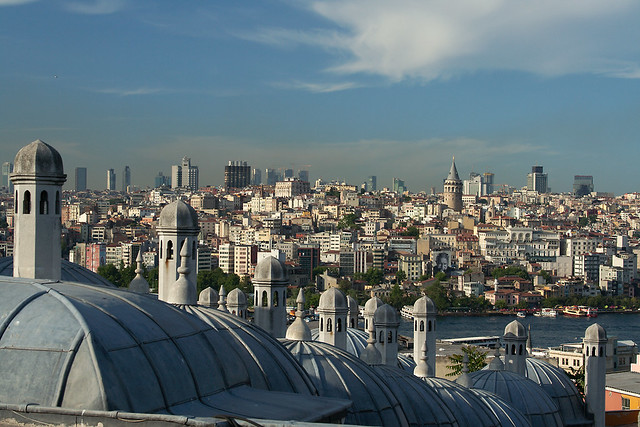The present discussion paper summarizes an urban mobility survey as a part of the project “Urban Travel Behavior in Large Cities of MENA Region” (UTB-MENA) funded by the German Research Foundation (DFG) undertaken in summer and autumn 2017 in Tehran, Istanbul, and Cairo. This data collection was conducted in 18 neighborhoods located in different urban forms related to three different eras: traditional urban form, in-between (transitional) urban form, and new developments. The survey instrument included 31 questions organized in six different sections. As a result of face-to-face interviews with residents as well as quantification of several land use indicators, a database of 8284 validated subjects (Cairo: 2786 , Istanbul: 2781 , Tehran: 2717) was created by the research team based in Berlin, Tehran, Istanbul, and Cairo. The results of 46 variables (24 continuous and 22 categorical) are presented in this paper. The neighborhood-level precision of the findings is 4.5% to 4.7% for individual variables and 1.8% to 2.4% for household variables. These findings make the data representative for the case-study neighborhoods. These data are expected to provide a reliable sample for researchers of the region for the purpose of strengthening human-oriented urban transportation planning and research against the mainstream of transportation engineering by bringing in disaggregate individual urban mobility data into urban transport research of the Middle East and North Africa (MENA) region.

More about urban transport and urban planning in the Middle East:
No comments:
Post a Comment